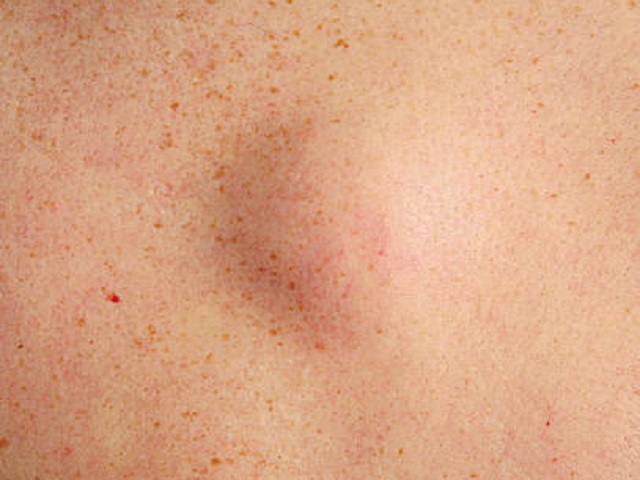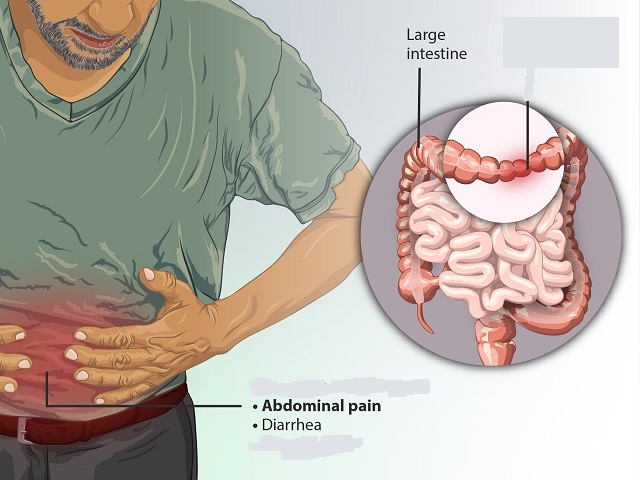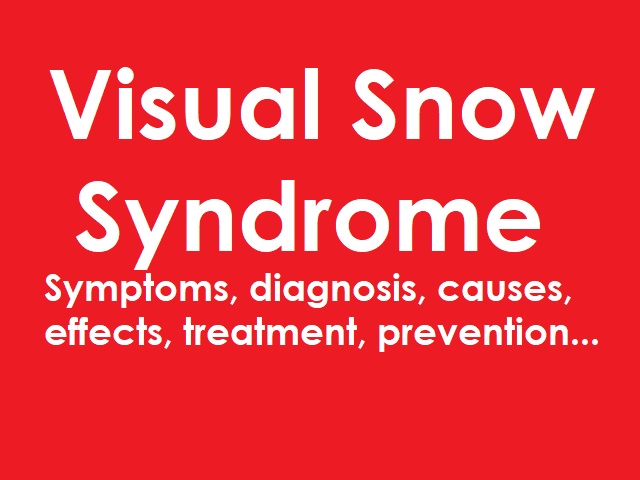3 Signs You May Have Liposarcoma -- Symptoms, Causes, Effects, Treatment and Prevention
Liposarcoma is a type of soft tissue sarcoma that develops in the fat cells. It can occur in various parts of the body, including the arms, legs, abdomen, or retroperitoneum. Liposarcoma can have different subtypes and may exhibit varying symptoms, require specific diagnostic procedures, and necessitate appropriate treatment and preventive measures. Let's explore the symptoms, diagnosis, causes, effects, treatment, and prevention of Liposarcoma:
Symptoms of Liposarcoma:
Liposarcoma may not cause symptoms in the early stages. As the tumor grows, common symptoms can include:
- A noticeable lump or swelling in the affected area
- Pain or discomfort, especially if the tumor presses against nerves or muscles
- Limited mobility or difficulty using the affected limb or body part
Diagnosis of Liposarcoma:
Diagnosing liposarcoma involves several steps and tests. The following are commonly used diagnostic procedures:
- Physical examination and medical history: The doctor examines the affected area and asks about any symptoms or changes.
- Imaging tests: X-rays, CT scans, MRI, or ultrasound may be performed to visualize the tumor and its location.
- Biopsy: A tissue sample is obtained from the tumor for laboratory analysis to confirm the presence of liposarcoma.
- Pathology evaluation: A pathologist examines the biopsy sample under a microscope to determine the specific subtype and grade of liposarcoma.
Causes of Liposarcoma:
The exact cause of liposarcoma is unknown. However, certain risk factors may increase the likelihood of developing the condition. These include:
- Age: Liposarcoma is more common in adults, typically between the ages of 40 and 60.
- Previous radiation therapy: Previous radiation treatment for another cancer may slightly increase the risk.
- Genetic factors: In rare cases, specific genetic conditions such as Li-Fraumeni syndrome or familial retinoblastoma can predispose individuals to develop liposarcoma.
Effects of Liposarcoma:
Liposarcoma can have various effects on the affected individual's health and well-being. These may include:
- Localized pain, discomfort, or functional impairment due to the tumor's presence and growth.
- Compression of nearby structures, leading to symptoms such as nerve compression, organ dysfunction, or bowel obstruction.
- Potential spread (metastasis) to other parts of the body, which can affect organ function and overall health.
Treatment of Liposarcoma:
The treatment of liposarcoma typically involves a multidisciplinary approach, including surgery, radiation therapy, and chemotherapy. The specific treatment plan depends on factors such as the tumor size, location, subtype, and stage. Treatment options may include:
- Surgery: Surgical removal of the tumor is the primary treatment for liposarcoma. In some cases, radiation therapy may be used before or after surgery to improve outcomes.
- Radiation therapy: High-energy beams are used to target and destroy cancer cells or shrink the tumor.
- Chemotherapy: Anti-cancer drugs may be administered to kill cancer cells or slow down their growth.
- Targeted therapy: Certain medications may be used to target specific molecular abnormalities in the tumor cells.
Prevention of Liposarcoma:
Since the exact cause of liposarcoma is unknown, there are no specific preventive measures for the condition. However, general healthy lifestyle choices can potentially reduce the risk of developing any type of cancer. These include:
- Avoiding tobacco and limiting alcohol consumption.
- Maintaining a healthy weight through regular exercise and a balanced diet.
- Protecting oneself from harmful radiation sources.
- Seeking medical attention for any persistent or concerning symptoms.

















